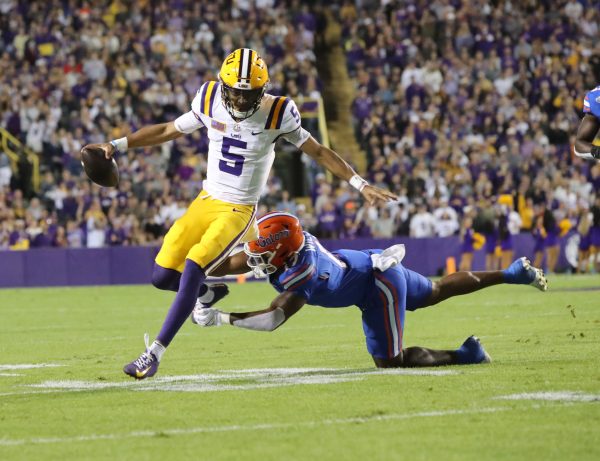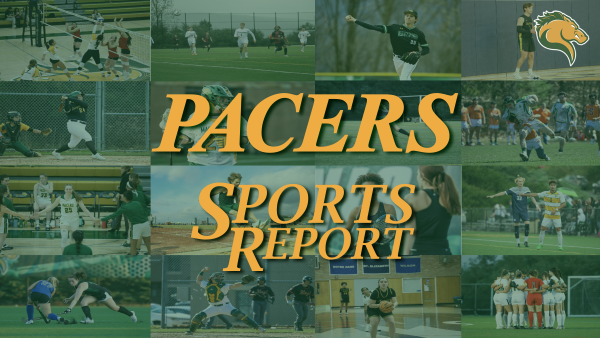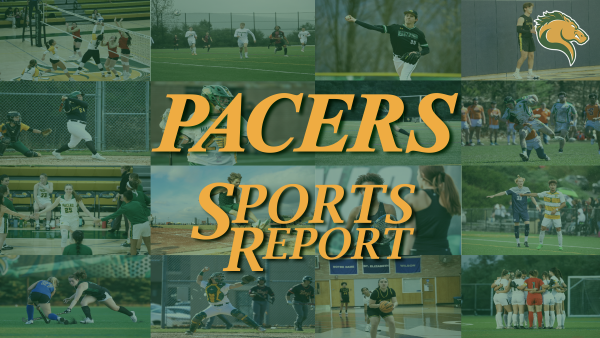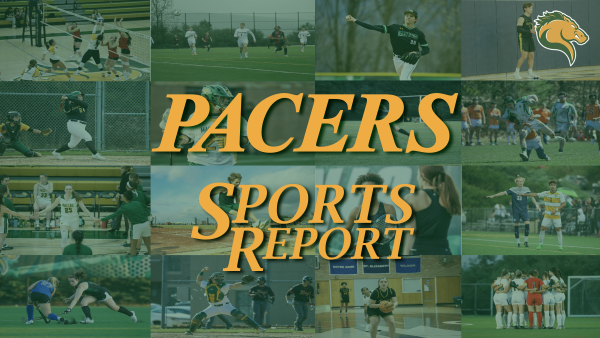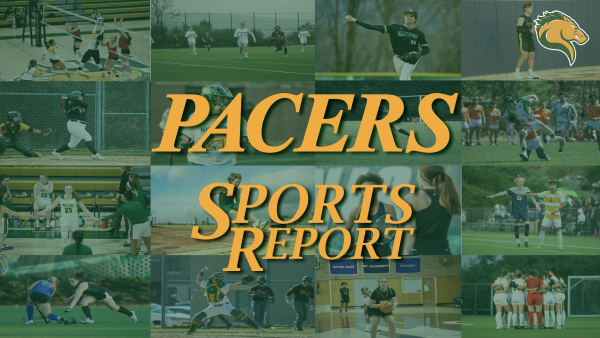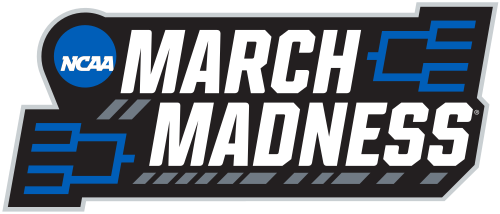For better or for worse, college athletes will get paid starting in 2016.

Graphic credit/ Kelsey Van Horn
March 5, 2015
Former UCLA basketball player Ed O’Bannon called for change in the collegiate sports world in 2009. Now, more than five years later, those changes are starting to take effect.
For years, the NCAA was able to earn large sums of money through collegiate sports tournaments, ad revenues, and using player likenesses because student athletes were considered “amateurs” playing outside of a professional setting.
According to Forbes’ writer Chris Smith, both CBS and Turner broadcasting earn more than $1 billion from the airing of games during an event like “March Madness.” Annually, the NCAA managed to accumulate over $6 billion while the athletes received nothing.
However, this past summer, these rules changed drastically following a federal judge’s decision to allow student-athletes to earn money for their participation in sports. Sixty-five Division I teams throughout the “Big Five” conferences will implement a form of stipend for students beginning in the 2016 academic year.
Once payment begins, the NCAA can’t stop students from getting paid the cost of school attendance when using a player’s likeness. Moreover, the NCAA must allow colleges within the “Big Five” conference to pay student athletes no more than $5000 for each year of play. These additional funds are not included in scholarships and cost of attendance and are to be used for food, travel, clothing, and additional activities.
Though this may seem to be a tremendous victory for student–athletes, some feel the ruling is a mistake that could drastically change the outlook for collegiate sports.
Marywood Director of Athletics and Recreation, Dr. Mary Jo Gunning, had previously held a number of committee positions for the NCAA and is opposed to the idea of paid student-athletes.
“We should not refer to those college individuals who are competing in a collegiate sport as athletes, they are student-athletes. They are students first, athletes second and their scholarship is their reimbursement for playing,” said Gunning.
Gunning continued by explaining collegiate athletes learn a number of things through sports that will only be clouded by the addition of money.
“Sports for the majority of collegiate student-athletes is not an end, it’s a means to an end, and that end is to become a fully rounded individual who gives back to society,” she said. “They learn values from sports such as sportsmanship and learning not only how to lose, but win with unpretentiousness.”
Emily Osborne, a graduate speech pathology major who has been involved in a number of collegiate sports, understands why certain sports will see the addition of paid athletes.
“I’m conflicted because there are positives and negatives for both sides. I think that it makes sense for Division I teams but not Division II or III because when [Division I] students play it is like a full time job for them. They put a lot of time and effort into [collegiate sports] and put their grades and personal lives on the line for the equivalent of working full-time,” said Osborne.
With or without the approval of the NCAA, some Division I athletes will bet paid. Though the $5,000 cap has managed to keep concerns like an unbalanced conference or bidding wars for student-athletes at bay, the NCAA still plans to appeal the decision. According to USA TODAY, an oral argument of the case will occur on March 17, with an appellate court decision coming as soon as Aug. 1.
Contact the writer:




